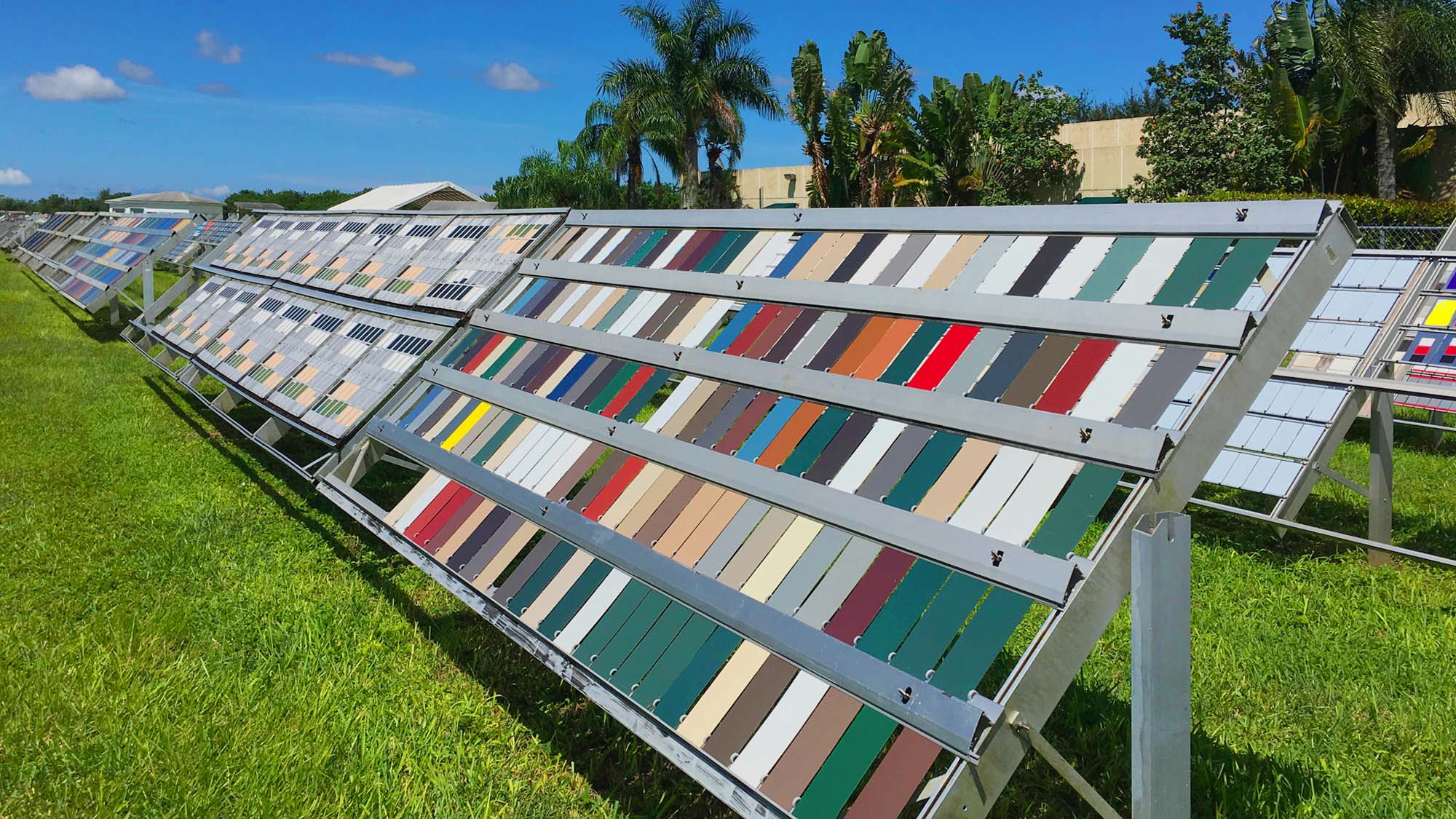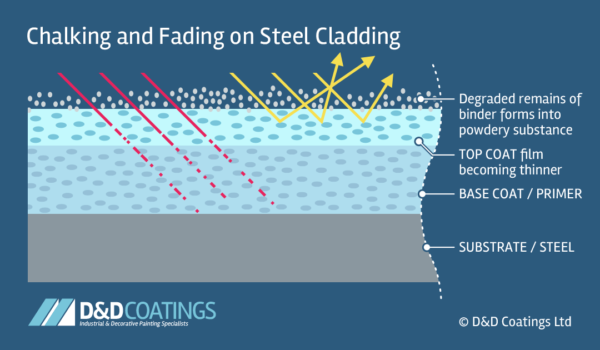Cold weather testing for protective coatings is an important process. Developments in recent years in combating corrosion have yielded some excellent products. Its important however, not to ignore other important aspects of protective coatings. Their role in shielding substrates from cold weather should not be overlooked in the quest to fight corrosion.

Traditional coating tests
For decades the coatings that protect steel and many other substrates were tested by simply exposing them to the weather over long periods of time. Prototype coating systems are tested in real world situations before going on general sale. Natural weathering data has been gained in this way for many years.
From steel cladding and industrial pipework to motor vehicles and ships. All are used in prototype coating testing. Traditional, real world testing is still a reliable method of assessing the performance and quality of paint systems.
Location is key
Testing coatings in a variety of climates is crucial. It quantifies the coating’s real-world performance. Coating systems tested exclusively in warm and dry climates will produce important data on how well they cope with UV attack and extreme heat. However this won’t provide any data on how well it will fare in wet and cold conditions.

Likewise, coatings tested in mostly cold climates, as found in Scandinavia, couldn’t be relied on in the Arabian Peninsula. Exposing coatings at selected outdoor locations produces the most reliable data. For this reason leading manufacturers test their coating systems in all extremes and locations.

Cold weather testing
Advances in cold weather testing has helped produce the best protective coating systems we have ever known. This has helped prolong the useful working lifespan of many things. Not only buildings and pipelines but cars, trains, aircraft, ships and even spacecraft. It gets very cold in space! Better testing has ultimately resulted in better, longer lasting products.
Aesthetics, adhesion, corrosion protection and the mechanical performance of protective coatings have all improved thanks to cold weather testing data. Accelerated weathering tests speed up development times and help to get new coatings into production faster. Testing the weatherability in controlled environments is a more efficient method in comparison to natural weathering results.

Benefits of longer lasting products
The ability of a manufactured product to maintain performance for extended periods of time not only has financial benefits. Products with a longer lifespans are more sustainable and therefore kinder to the environment.
We have never been more aware of the need to make the most of the products we manufacture. Extending the lifespan of a building envelope, pipeline or structure of any kind is key to reducing waste and making the most of what we already have.
Conclusion
It’s taken over 100 years to develop laboratory accelerated fade and weather testing for coating systems. Utilising technology to gain as much data as we can, we now have the best paint coating systems that have ever existed. This is thanks in part to accelerated weathering testing.
Further reading
wikipedia.org/wiki/
Analytical-Series_Jan2020.pdf
erdc.usace.army.mil/Media/



